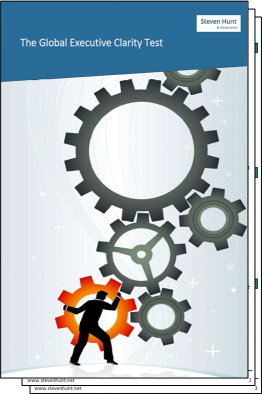Decision-making processes that are disconnected from your company culture will damage performance. Here’s why.
We’re now well-educated in our house on the pros and cons of home-schooling. Most of the teachers have been fantastic – leading structured, interactive lessons. My child’s school even lends a laptop to any child who doesn’t have one at home. All in all, they’re organised and it’s working well.
It’s not the same at other schools, according to the press. There are sensationalist reports about teachers unable to use the most basic Zoom features, like screen-sharing or the chat function.
Good managers (like good teachers) expect rough seas
A few teachers who say home-schooling was a surprise. That’s an implausible excuse. Schools and teachers knew home-schooling was probably coming. They had months to prepare for in in 2020.
Unprepared teachers complaining about online lessons are like fishermen complaining about rough seas. It’s their job to navigate stormy waters. And that includes dealing with unexpected conditions at sea.
The real problem is a disconnect between the decision-making processes and culture.
Decision-making processes that fit your culture
Many companies (like schools) have a culture of hierarchy. Strategic priorities are decided by the top manager. Rules, regulations, and detailed processes dictate how to implement the decisions.
This hierarchy has wonderful advantages. A culture of hierarchy provides discipline, order, a clear structure, and well-understood processes. It feels like a natural way of organising work. You know where you are with a culture of hierarchy. Each person has a clear position and a role to play.
As long as the company is performing well, life in a culture of hierarchy is comfortable for many.
It gets uncomfortable when rapid change hits. The Covid pandemic made it clear to teachers that the priority is to educate the kids. The format may be in school or online. It doesn’t help to tell teachers, “It’s up to you to use the resources available to figure out how to do that. You have hardware and software. But nobody is going to tell you how to do it.” Suddenly the comfort, security, and clarity of hierarchy has been wiped out by an instant shift to an alien culture: individual responsibility.
Now there’s a conflict: management have replace a culture of hierarchy – deeply established over years – with a culture of individual responsibility. But the structure and decision-making processes haven’t evolved together.
So, “I decide for us,” is replaced by, ” Everyone decides for themselves (within certain limits).”
Problems pop up with frightening predictability because the culture and decision-making processes are now out of sync.
Take a look in the mirror
It’s vital for senior managers to be fully aware of how they appear to middle managers and employees.
- What are you asking employees to do?
- How are you managing the environment to make it possible?
- What actions will create the opportunities to shift to the new culture?
- Who is able to advise you on this challenging culture change?
- How do you stay open to feedback on the progress?
Managers who get it right know how they show up with their middle managers and employees.
The bottom line is simple: understand the effect of culture on your strategic priorities and the way people implement decisions. Then implement starting with the current culture, not based on a far-away, radically different culture. The gap is too wide. A shift to new processes has to be in sync with cultural shifts.
Put the steps in place to close the gap and motivate people to move across to the new culture. Otherwise, your people will be heading for the lifeboats and it really will be every man for himself.

















